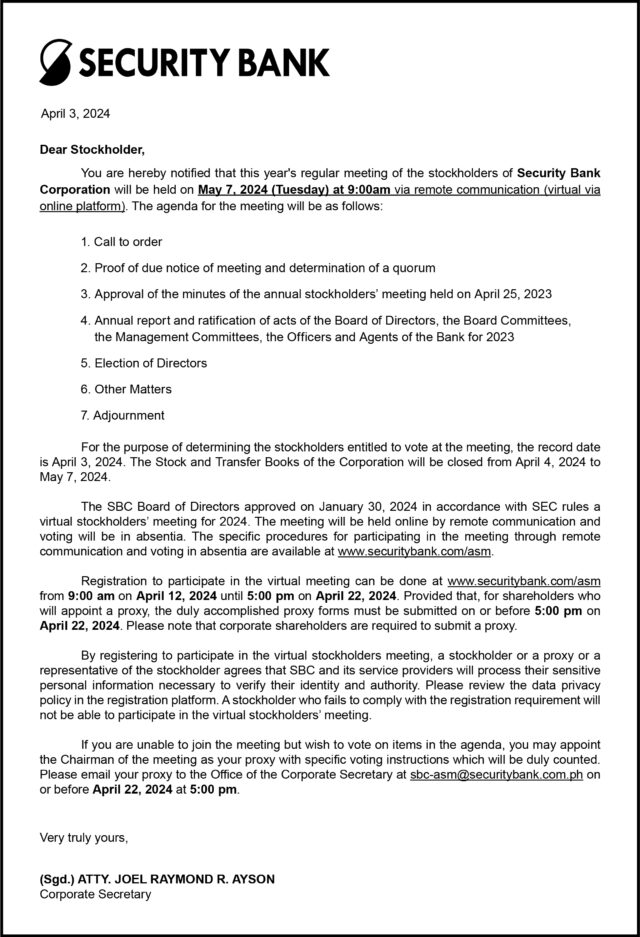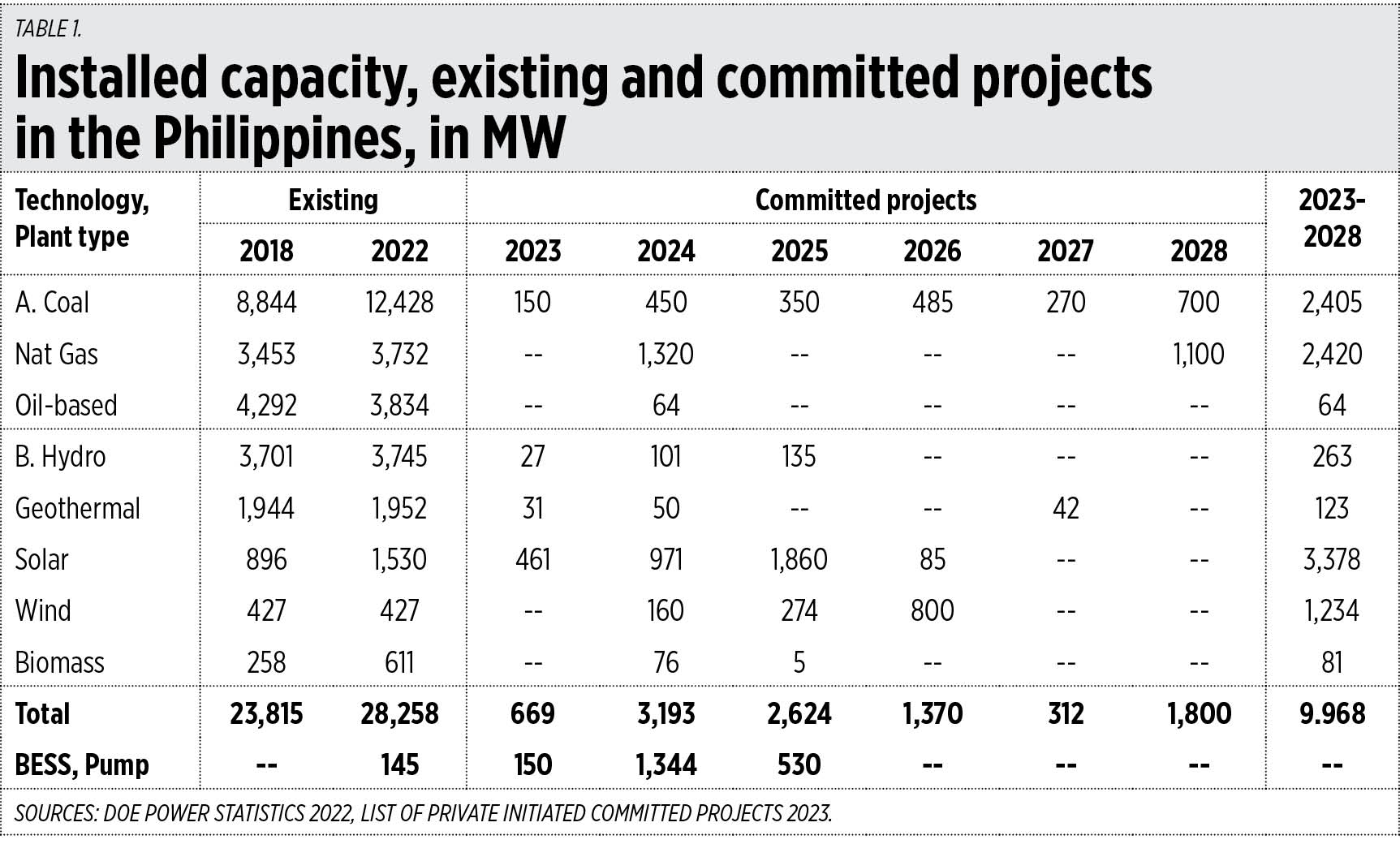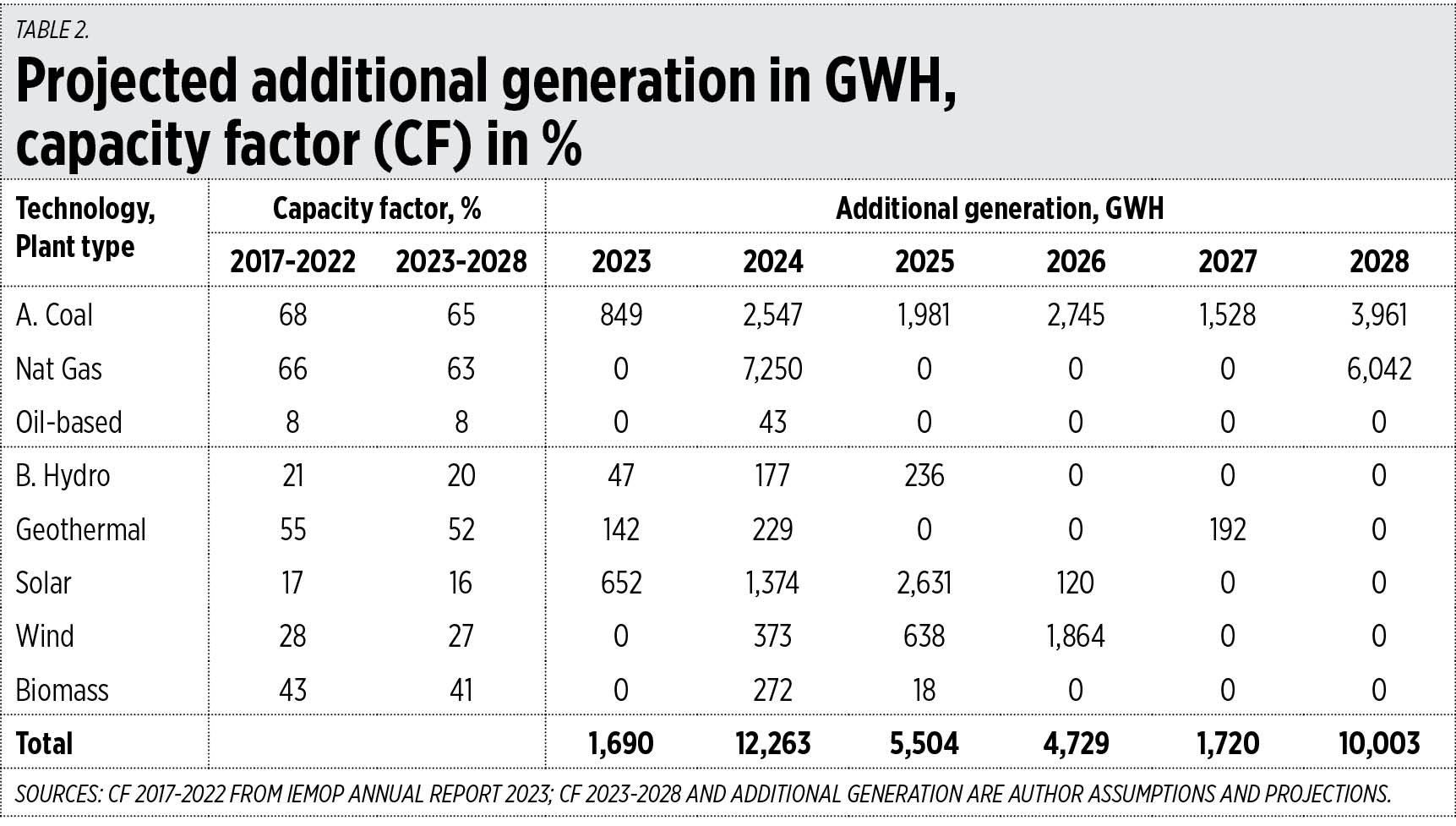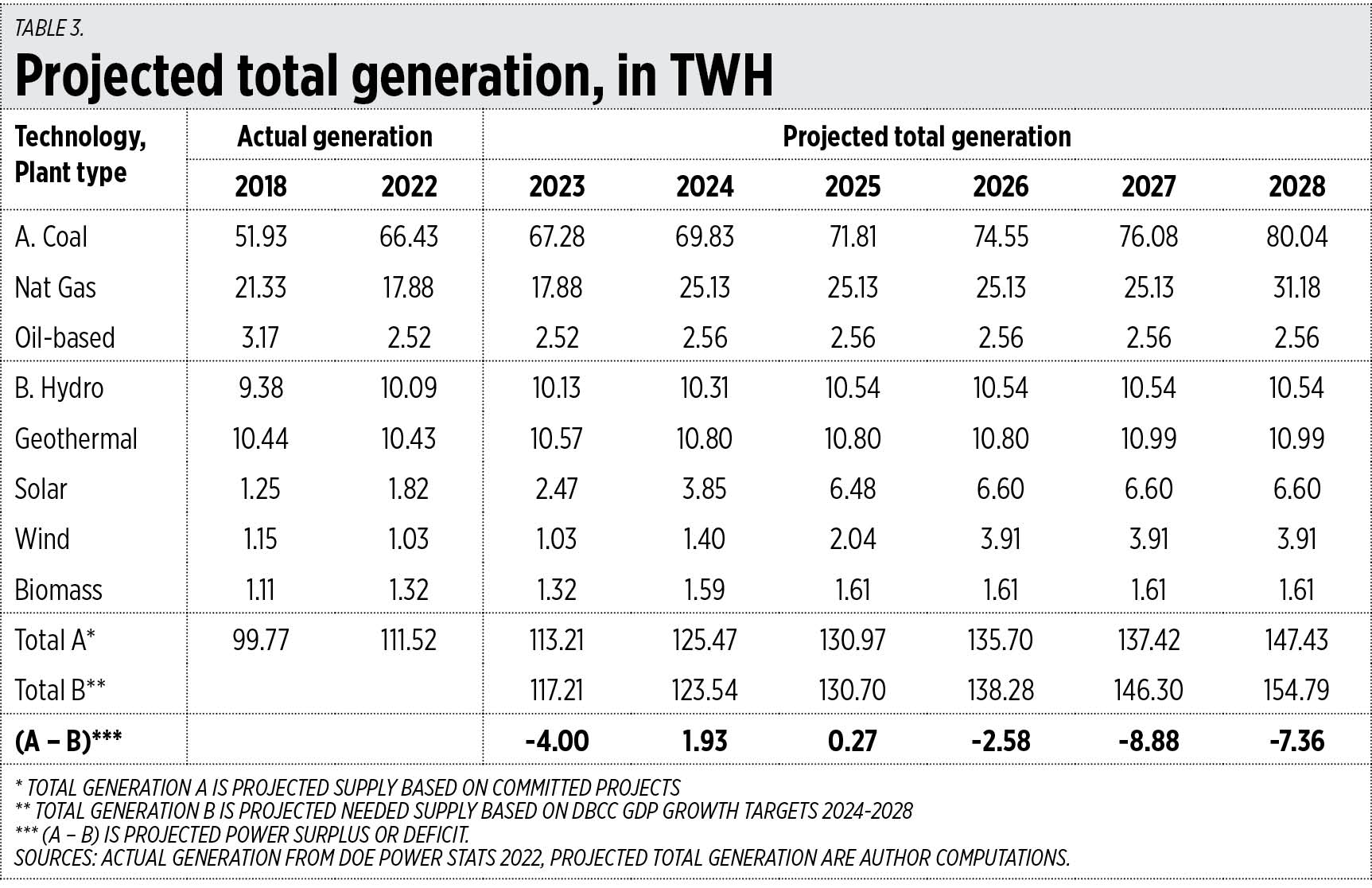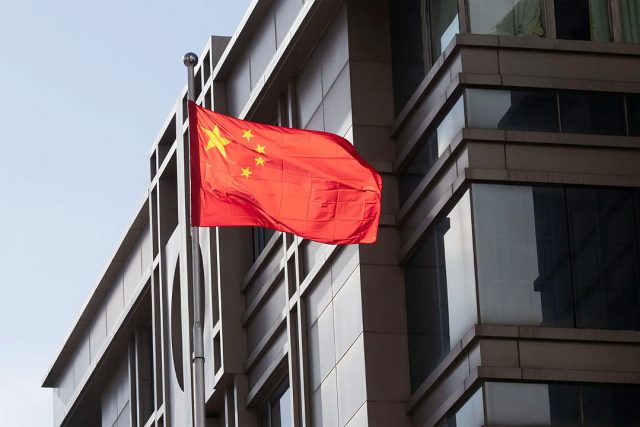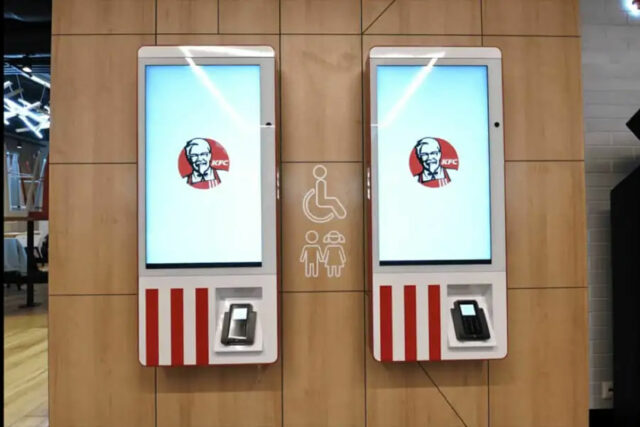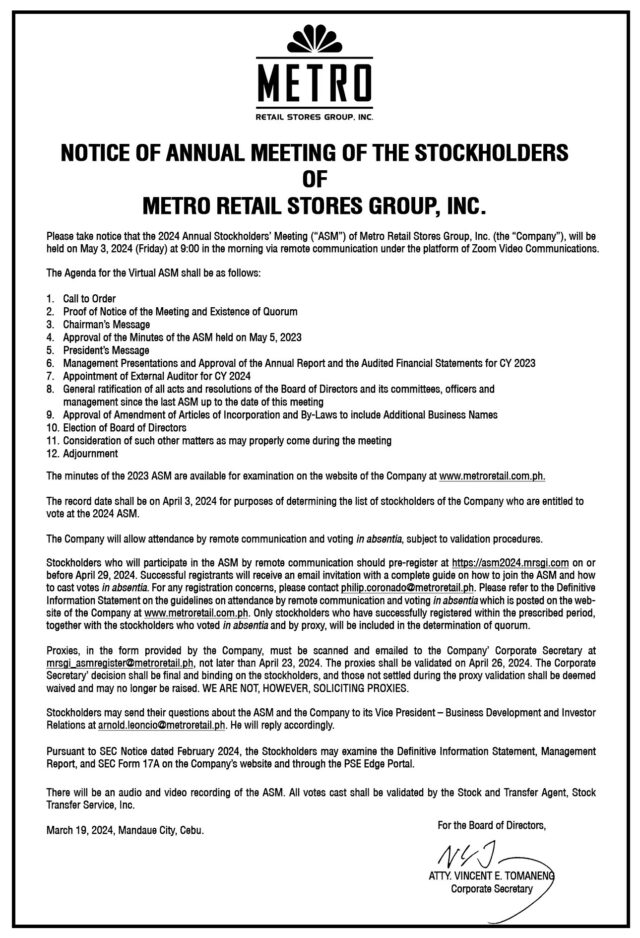NEW YORK — As a cookbook author and judge on Bravo’s hit television show Top Chef, Gail Simmons gets to sample cuisines from around the globe.
But when it comes to selecting a favorite city for eating – as well as business travel — the Canadian-born Ms. Simmons is all-in on Montreal.
Ms. Simmons, who lives in Brooklyn, New York, takes us on a foodie’s tour of the famed French-Canadian city.
The following interview is edited and condensed.
WHAT I LOVE MOST
I grew up in Toronto, but I went to college in Montreal and my mother’s whole family lives there. My husband is also from Montreal, so it really is like a second home to me.
Culturally, Montreal is very different than the rest of Canada — it a French city in a French province. It is architecturally very European.
WHERE I GO FIRST
If I land in the morning, my first stop is Arthurs Nosh Bar (Rue Notre Dame West), a Jewish deli.
The deli culture in Montreal is the greatest, and it’s markedly different than US deli culture. The bagels are different. The smoked meat is different.
While there are many good examples of classic delis — including Schwartz’s, Lester’s, or Wilensky — that have not changed in 100 years, Arthurs honors that deli culture but it is modern.
WHERE TO STAY
I stay with family, but my recommendation is Hotel William Gray (Rue Saint Vincent). It’s a lovely boutique hotel in Old Montreal, right on the St. Lawrence River.
The Four Seasons (Rue de la Montagne), which opened in 2019, is beautiful. Chef Marcus Samuelsson has a great restaurant called Marcus there, too.
My parents were married at the historical Ritz Carlton (Sherbrooke St. West), which is the most classic Montreal, high-brow hotel.
BEST FOOD MARKET
I bring every chef and friend to the Jean-Talon Market in Little Italy. It is spectacular, especially in the summer months. On the perimeter, you’ll find permanent stores, including an amazing wine shop and butcher along with an extraordinary store, Marche Des Saveurs Du Quebec, that just has very Canadian local food products.
The Atwater Market, which is closer to Old Montreal, is smaller and a little more precious. It’s near the Rue Notre Dame, which has so many wonderful restaurants — including very famous establishments like Joe Beef and Liverpool House — along with some of the greatest vintage furniture stores anywhere.
COFFEE SPOT
My morning coffee stop is Crew Collective & Cafe (Rue Saint-Jacques) in the lobby of a converted bank building. It’s an enormous, architecturally important space, and they make a great coffee.
POWER LUNCH
My uncle was a judge on the Supreme Court of Quebec, and he would take me to L’Express (Rue St-Denis) for lunch. It’s a famous French bistro with all of the classics, and it still can compete with anything in Paris.
Monarque (Rue St-Jacques) is another great lunch spot which offers beautiful French cuisine with a twist.
BEST BAGELS
There is a New York bagel, and there is a Montreal bagel. People love to compare them but you cannot.
A Montreal bagel is boiled first in honeyed water, so it has a slight sweetness. There’s no salt in the dough, and they are baked in a wood-burning oven. They only come in a few flavors. The classic flavor is sesame.
The two main bagel producers are St-Viateur (various locations) and Fairmount (Fairmount West Ave.)
Eat one super hot and freeze the rest. Don’t leave them out because they will go stale. We hoard them.
FAVORITE POUTINE
Poutine (a gooey confection of French fries with cheese curds and gravy) is meant to be eaten drunk, or with a hangover. So don’t get it at a fancy restaurant.
The best place to buy bags of cheese curds for poutine is the checkout counter of a convenience store, known as depanneurs.
SWEET TREATS
Like France, Montreal has a huge bread and pastry culture, with so many incredible pastry chefs.
La Bete a Pain (various locations) is amazing.
Patisserie Kouign Amann (Mont-Royal East) makes its namesake layered, laminated dough pastry that is the best I’ve ever had.
DINNER SPLURGE
Montreal Plaza (Rue St-Hubert) is a French bistro. Vin Papillon (Rue Notre Dame West), owned by the people who own Joe Beef and Liverpool House, has magnificent vegetables, great food, and an incredible wine list.
Vin Mon Lapin (Rue Prince), which means “My rabbit,” was recently rated the No. 1 restaurant in Canada. It’s not fussy or fancy, but the food is delicious.
For something a little more refined and upscale, try Le Serpent (Rue Saint-Zotique East) or Bouillon Bilk (St. Laurent Blvd.)
SOMETHING ONLY INSIDERS KNOW
Montreal is the word for “Mount Royal.” There is a skating rink on Beaver Lake at the top of the mountain. On the way up, there are many lookout points with incredible views of the city.
Karnatzels, a traditional kosher dried beef stick, are unique to Montreal. You’ll see them hanging to dry in windows of Jewish delis. You’ll even find them in cocktail bars.
FAVORITE SOUVENIR
Bagels! And maple syrup. — Reuters

